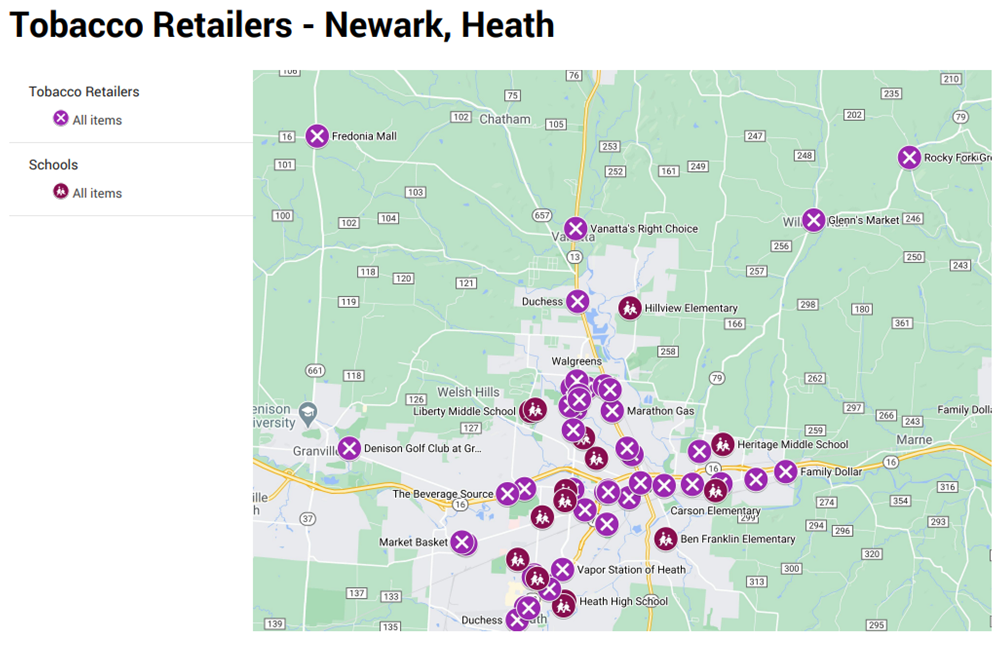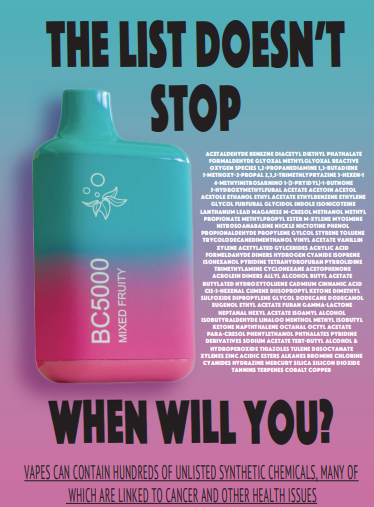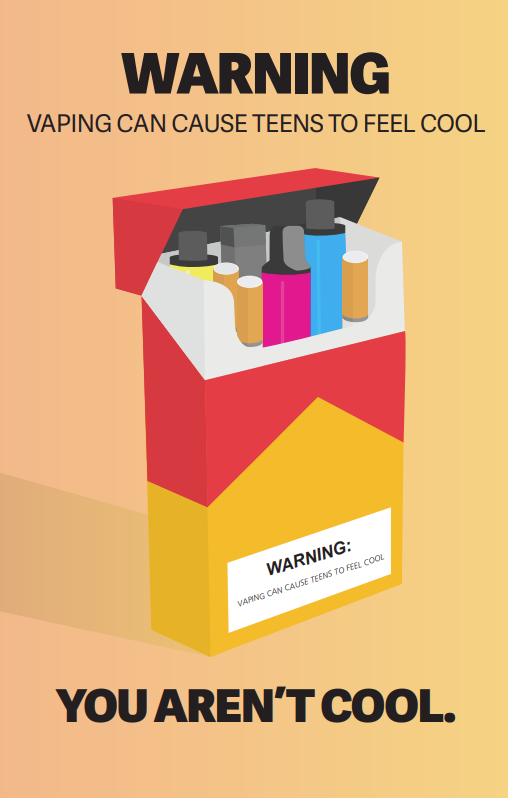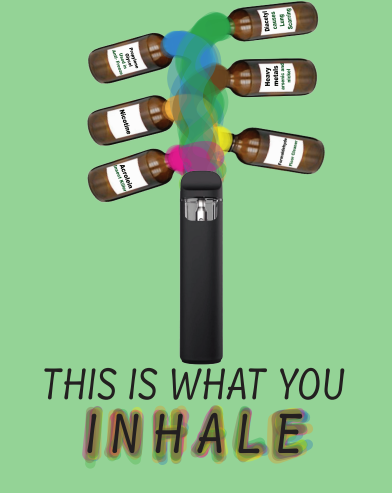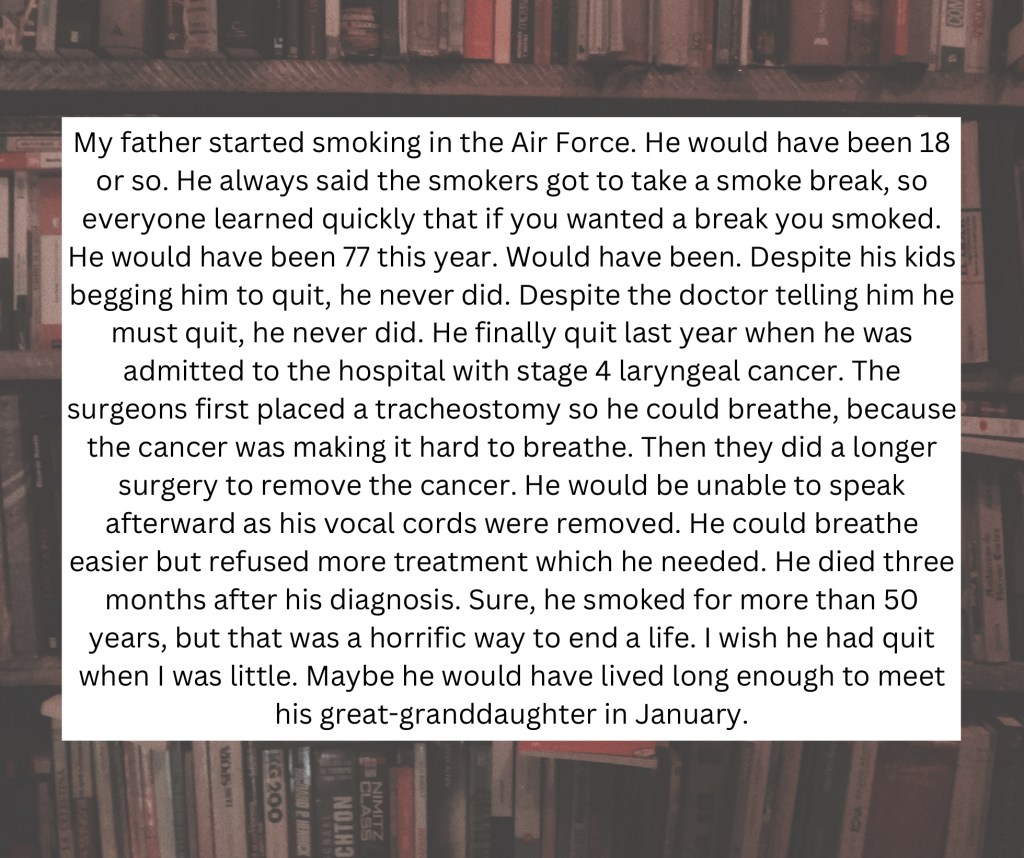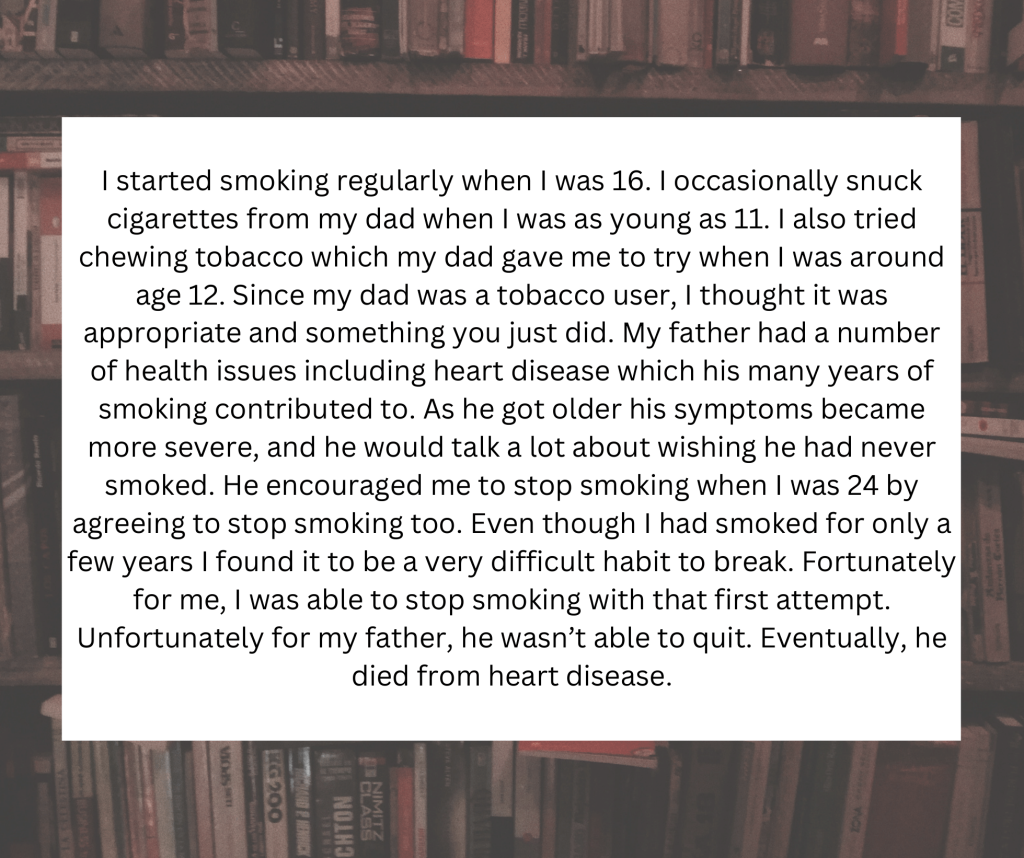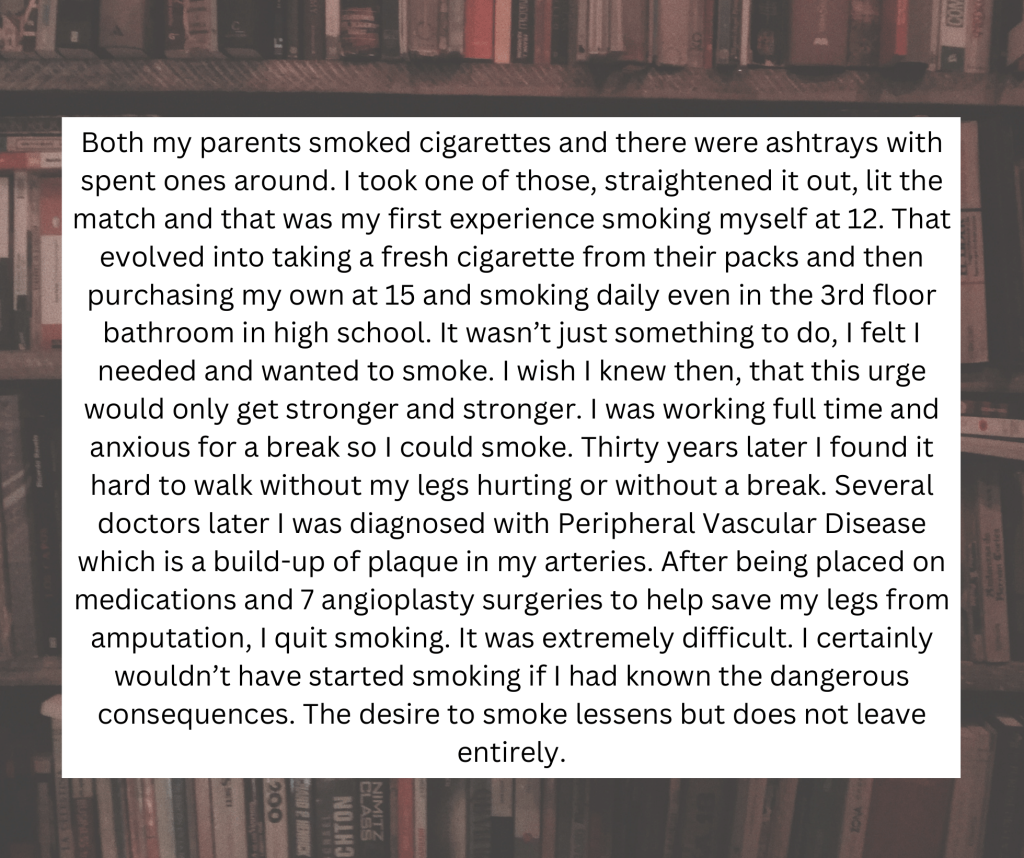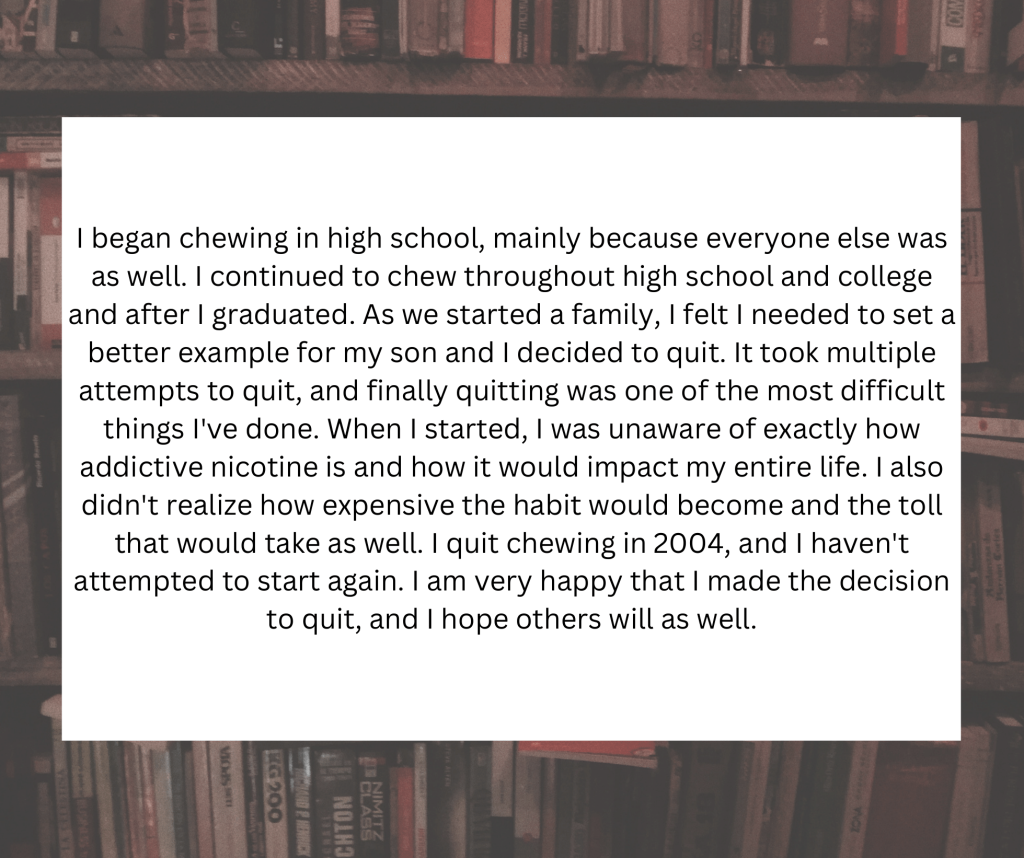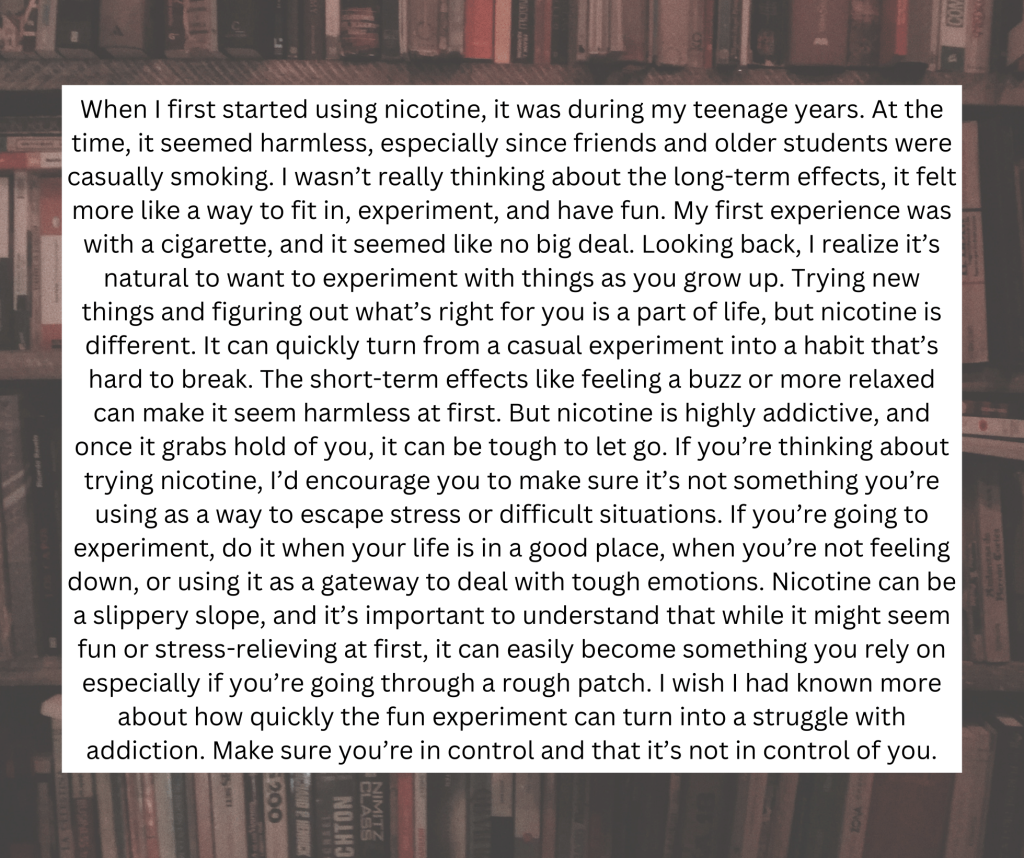Tobacco use is the single most preventable cause of disease, disability, and death in the United States. Each year, an estimated 443,000 people die prematurely from smoking or exposure to secondhand smoke, and another 8.6 million live with a serious illness caused by smoking. Despite these risks, approximately 46.6 million U.S. adults smoke cigarettes. Smokeless tobacco, cigars, and pipes also have deadly consequences, including lung, larynx, esophageal, and oral cancers.
If you are interested in getting cessation resources to distribute, educational presentations or trainings on tobacco use or vaping, or help with tobacco policy please contact Jean Moore via email or phone 740-349-6497.
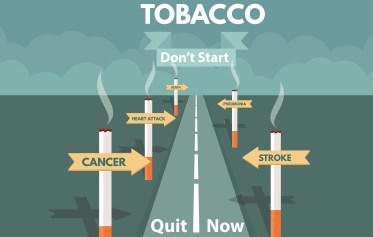
Advocacy Through Art
The LCHD Tobacco Use Prevention and Cessation program recently collaborated with juniors and seniors from CTEC’s Digital Design and Interactive Media program on an Advocacy Through Art project. As part of the project, students learned about the dangers of tobacco and nicotine products and learned how these products are marketed to youth. Using what they learned, the students created powerful visual messages to raise awareness. The Health Education division at LCHD voted on their top three projects which are featured here.
Read the Real Cost
The Licking County Health Department asked members of our community to share real stories of their experience with tobacco and nicotine products. Community members were asked to explain how tobacco and nicotine changed their lives, why they started using these products, and what these individuals wished they knew before starting their use. The goal of these stories is to influence youth, as well as other community members, to understand the serious, lifelong impacts of tobacco and nicotine products.
Please click to read the stories below.
Tobacco Use Prevention
LCHD leads efforts to reduce the rate of youth and adult smoking, vaping, and other tobacco product use through education and system and policy change.
- The Licking County Wellness Coalition and Tobacco Use Reduction Network (TURN) work toward system and policy changes to reduce tobacco use.
- LCHD works with Our Futures Licking County to conduct "Reward and Reminder" tobacco sales compliance checks at tobacco retailers.
- Our health educators work with schools to adopt 100% Tobacco-Free School policies.

Need Help Quitting?
Any age can text “Ready” to 34191 to begin the cessation process.
Quitting tobacco is a process. Whether you are thinking about quitting, are not yet ready to quit, or have already quit, the Ohio Tobacco Quit Line can help you with each step of your quit journey. For free, convenient, safe, and secure help to quit, adults can call 1-800-QUIT-NOW (1-800-784-8669) or visit ohioquits.org to contact Ohio’s Tobacco Quit Line.”
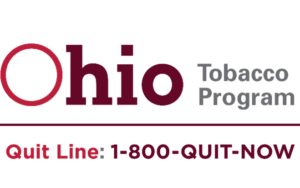
Nicotine Free Workplace Policy
LCHD’s TUPC grant has supported the development and implementation of a new tobacco and nicotine use policy at Mid-Ohio Psychological Services. This policy is available to view here. If your organization is interested in updating its tobacco and nicotine use policy, we would be happy to help. Please feel free to reach out with inquiries.
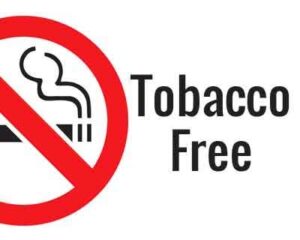
Tobacco Policies
►Tobacco 21 Policy (T21)
As of October 17, 2019 it is illegal to give, sell, or otherwise distribute cigarettes, other tobacco products, or alternative nicotine products like e-cigarette/vaping products to any person under the age of 21.
Learn more about T21 here:
►Point of Sale Policy
To reduce harmful exposure to tobacco marketing, communities may regulate where and how tobacco is sold. These “point of sale” (POS) policy interventions can include regulating the number, type, and location of tobacco retailers, and limiting the sale of flavored tobacco products.
Learn more about Point of Sale Policies here:
►Tobacco Free Workplace Policies
Workplace tobacco bans (e.g., tobacco-free buildings, campuses, and company-owned vehicles) encourage users to quit and reinforce the company’s health emphasis.
Learn more about tobacco free workplaces here:
►Tobacco Free Public Spaces
►Ask, Advise, and Refer (AAR)
Outdoor tobacco-free policies include private sector rules and public sector regulations that prohibit tobacco use outside or restrict it to designated areas. Private sector policies generally ban smoking on worksite property, while state and local ordinances often establish smoke-free standards for specified outdoor public areas such as parks and beaches.
Learn more about tobacco free outdoor space policies here:
Health Equity in Tobacco Prevention and Control
In public health, health equity is the opportunity for everyone to reach their full health potential.
Tobacco-related disparities that prevent someone from reaching their full health potential affect many different population groups based on socially determined circumstances and characteristics like age, disability, education, income, occupation, geographic location, race, ethnicity, sex, sexual orientation, gender identity, mental health status, substance abuse and military status. These groups have a higher prevalence of tobacco use. Learn more about tobacco-related disparities from the CDC here.
Tobacco retailer density can also contribute to tobacco-related disparities. According to a CDC report, "proximity to tobacco retail outlets and higher retail density is associated with increased tobacco product consumption, decreased quit attempts among adults who smoke cigarettes and want to quit, and with higher youth initiation of tobacco product use."
A map of tobacco retailers in central Licking County can be seen in the image below.
